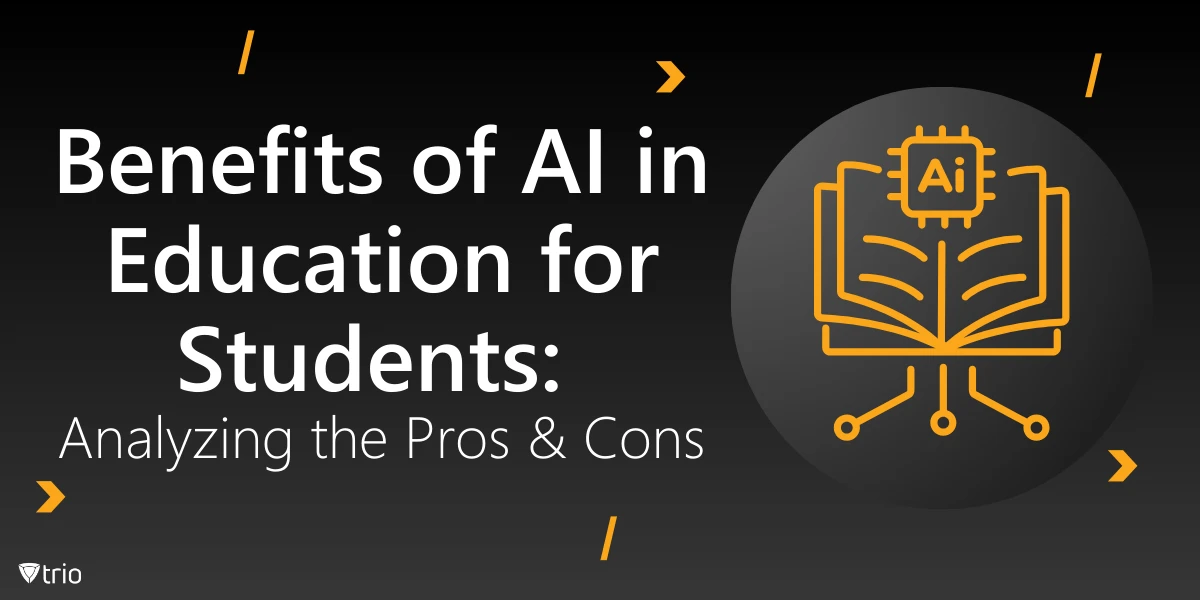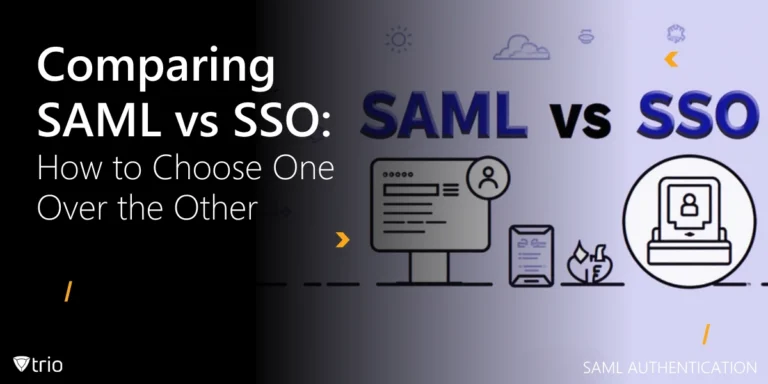Artificial Intelligence (AI) is revolutionizing the educational landscape, offering unprecedented opportunities for students to excel academically and prepare for the future. As educational institutions worldwide embrace AI-powered tools and technologies, it’s crucial to understand both the advantages and potential drawbacks of this transformation. This article explores the myriad benefits of AI in education for students, while also addressing the challenges and ethical considerations that come with its implementation.
Advantages of Artificial Intelligence in Education
In the following sections, we’ll delve into the numerous benefits that AI brings to the educational sector. These advantages showcase how AI is reshaping the learning experience, making it more personalized, accessible, and effective for students of all backgrounds and abilities.
Personalized Learning: Tailoring Education to Individual Needs
One of the most significant benefits of AI in education for students is the ability to provide personalized learning experiences. AI-powered systems can analyze vast amounts of data on student performance, learning styles, and preferences to create customized learning paths that cater to each student’s unique needs.
Adaptive Learning Algorithms
AI algorithms can continuously assess a student’s progress and adjust the difficulty level of content accordingly. This dynamic approach ensures that students are consistently challenged without becoming overwhelmed or bored.
Individualized Pacing
With AI-driven personalized learning, students can progress through course material at their own pace. This flexibility allows faster learners to advance quickly while providing additional support and resources for those who need more time to grasp certain concepts.
Targeted Recommendations
AI systems can recommend supplementary materials, practice exercises, and resources based on a student’s specific strengths and weaknesses. This targeted approach helps students focus on areas that require improvement while reinforcing their existing knowledge.
Customized Assessments
AI-powered assessment tools can generate personalized quizzes and tests that adapt to a student’s skill level. This approach provides a more accurate measure of a student’s understanding and helps identify knowledge gaps more effectively.
Intelligent Tutoring Systems: 24/7 Support and Guidance
AI-driven intelligent tutoring systems offer students round-the-clock access to personalized support and guidance. These virtual tutors can provide immediate feedback, answer questions, and offer explanations tailored to each student’s learning style.
Natural Language Processing
Advanced natural language processing capabilities allow intelligent tutoring systems to engage in meaningful conversations with students, understanding their queries and providing relevant responses.
Adaptive Explanations
AI tutors can adjust their explanations based on a student’s level of understanding, using different approaches or analogies to help clarify complex concepts.
Progress Tracking
Intelligent tutoring systems can monitor a student’s progress over time, identifying areas where additional support may be needed and celebrating achievements to boost motivation.
Enhanced Accessibility: Breaking Down Barriers to Learning
AI technologies are playing a crucial role in making education more accessible to students with diverse needs and learning challenges. By leveraging AI-powered tools, educational institutions can create more inclusive learning environments that cater to a wide range of abilities.
Text-to-Speech and Speech-to-Text
AI-powered text-to-speech and speech-to-text technologies enable students with visual or auditory impairments to access educational content more easily. These tools can convert written text into spoken words or transcribe lectures in real-time.
Language Translation
AI-driven language translation tools can help international students or those learning in a non-native language by providing instant translations of course materials and lectures.
Adaptive Interfaces
AI can power adaptive user interfaces that adjust to individual student needs, such as increasing font sizes, modifying color schemes, or simplifying layouts for students with visual or cognitive disabilities.
Data-Driven Insights: Empowering Educators and Students
AI-powered analytics provide valuable insights into student performance, learning patterns, and areas for improvement. These data-driven insights benefit both educators and students by enabling more informed decision-making and targeted interventions.
Early Intervention
AI algorithms can identify students who may be at risk of falling behind or struggling with specific concepts, allowing educators to provide timely support and intervention.
Performance Tracking
Students can access detailed analytics about their own performance, gaining a better understanding of their strengths and weaknesses and taking ownership of their learning journey.
Collaborative Learning: Fostering Global Connections
AI technologies are enabling new forms of collaborative learning, connecting students across geographical boundaries and fostering cross-cultural understanding. These collaborative experiences prepare students for the interconnected global workforce they will enter upon graduation.
Virtual Classrooms
AI-powered virtual classroom platforms can facilitate real-time collaboration between students from different parts of the world, enabling diverse perspectives and cultural exchanges.
Smart Group Formation
AI algorithms can analyze student profiles and learning styles to form optimal groups for collaborative projects, ensuring a balance of skills and perspectives.
Immersive Learning Experiences: Bringing Education to Life
The combination of AI with virtual reality (VR) and augmented reality (AR) technologies is creating immersive learning experiences that engage students on a deeper level and make abstract concepts more tangible.
Virtual Field Trips
AI-powered VR simulations can transport students to historical sites, distant planets, or microscopic environments, providing rich, interactive learning experiences that would be impossible in a traditional classroom setting.
Interactive Simulations
AI-driven simulations can adapt to student actions in real-time, creating dynamic learning environments for subjects like physics, chemistry, or biology where students can experiment safely and observe the consequences of their actions.
Continuous Assessment and Feedback: Promoting Growth Mindset
AI-driven assessment tools enable continuous evaluation and feedback, moving away from traditional high-stakes testing towards a more holistic approach that promotes a growth mindset among students.
Real-Time Feedback
AI systems can provide immediate feedback on assignments and quizzes, allowing students to identify and correct mistakes quickly and reinforcing correct understanding.
Skill Mastery Tracking
AI can track a student’s mastery of specific skills and concepts over time, providing a more comprehensive view of their learning journey and highlighting areas for improvement.
Language Learning: Breaking Down Global Barriers
AI is revolutionizing language learning, making it more accessible, engaging, and effective for students around the world. These advancements are crucial in preparing students for an increasingly globalized society and workforce.
Adaptive Language Lessons
AI-powered language learning platforms can adapt to a student’s proficiency level, learning style, and interests, providing personalized lessons that keep learners engaged and motivated.
Pronunciation Feedback
Speech recognition technology enhanced by AI can provide instant feedback on pronunciation, helping students improve their speaking skills more effectively.

Disadvantages of AI in Education for Students
While the benefits of AI in education are numerous, it’s important to consider potential drawbacks and challenges:
Reduced Human Interaction
Over-reliance on AI-powered tools may lead to decreased face-to-face interaction between students and teachers, potentially impacting the development of important social and communication skills.
Privacy and Data Security Concerns
The collection and analysis of vast amounts of student data raise concerns about privacy and data security. Educational institutions must implement robust measures to protect sensitive information.
Digital Divide
The integration of AI in education may exacerbate existing inequalities if not all students have equal access to the necessary technology and internet connectivity.
Potential for Bias
AI algorithms may inadvertently perpetuate or amplify existing biases in educational content or assessment methods, potentially disadvantaging certain groups of students.
Overemphasis on Quantifiable Metrics
AI-driven systems may focus too heavily on easily measurable aspects of learning, potentially neglecting important but less quantifiable skills such as creativity and critical thinking.
Technical Issues and Dependence
Reliance on AI technologies in education may lead to disruptions in learning if technical issues arise or if students become overly dependent on these tools.
Trio MDM: Empowering Educational Institutions in the AI Era
For educational institutions looking to implement AI solutions effectively and securely, Trio Education offers a comprehensive mobile device management solution. Trio helps IT departments in educational settings streamline device management, ensure data security, and facilitate the seamless integration of AI-powered educational tools across various devices.
By providing robust security features, easy deployment options, and centralized control, Trio enables schools and universities to focus on leveraging the benefits of AI in education while maintaining a secure and efficient IT infrastructure. This solution addresses key concerns such as data privacy and security, equitable access to AI-powered tools, and the management of diverse devices in educational settings.
With Trio, educational institutions can confidently embrace the advantages of AI in education, knowing that they have a powerful ally in managing the technical aspects of this digital transformation. This allows educators and students to focus on what matters most: the learning experience and the development of skills crucial for success in the AI-driven future. Try Trio’s free demo today and explore its full benefits for yourself.
Conclusion: Balancing the Advantages and Disadvantages of AI in Education
The integration of AI in education offers transformative benefits for students, including personalized learning experiences, enhanced accessibility, and innovative approaches to teaching and learning. However, it’s crucial to address the challenges and ethical considerations to ensure responsible and equitable implementation.
By harnessing the power of AI while maintaining a focus on human-centered education, we can create a learning environment that prepares students for success in an increasingly AI-driven world. The key lies in striking a balance between leveraging AI’s capabilities and preserving the irreplaceable aspects of human interaction and mentorship in education.
Get Ahead of the Curve
Every organization today needs a solution to automate time-consuming tasks and strengthen security.
Without the right tools, manual processes drain resources and leave gaps in protection. Trio MDM is designed to solve this problem, automating key tasks, boosting security, and ensuring compliance with ease.
Don't let inefficiencies hold you back. Learn how Trio MDM can revolutionize your IT operations or request a free trial today!





